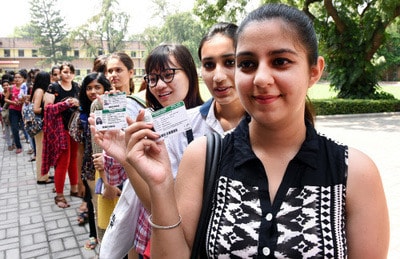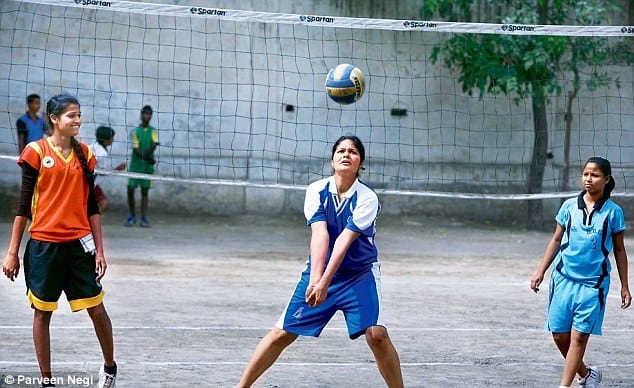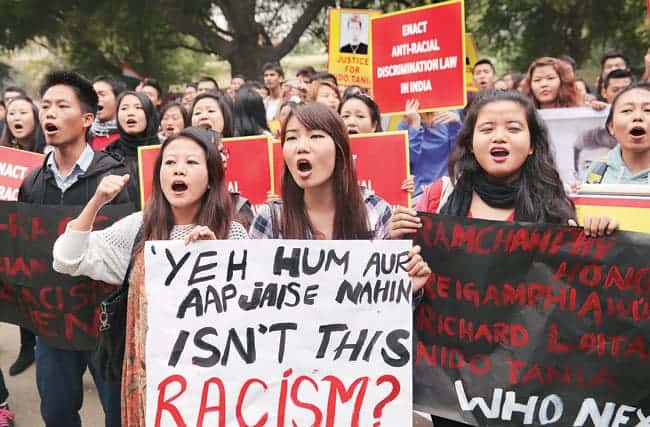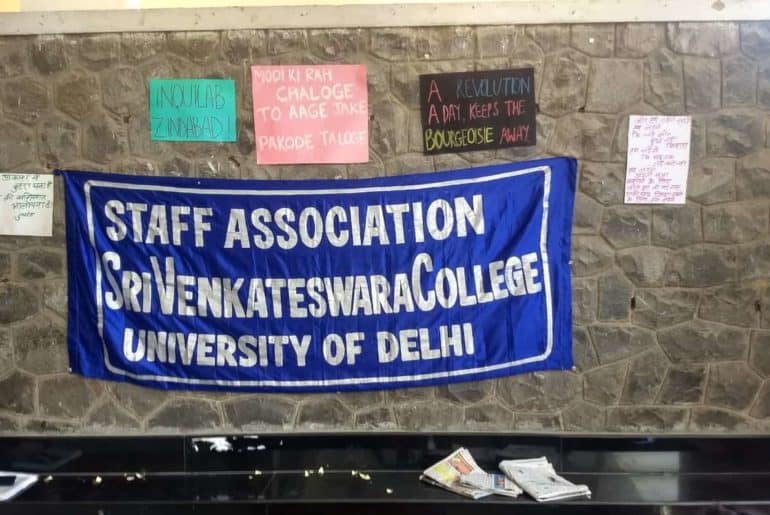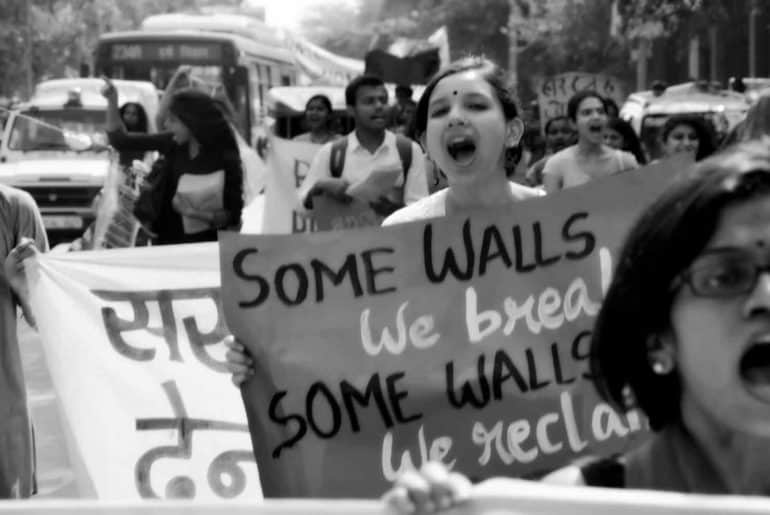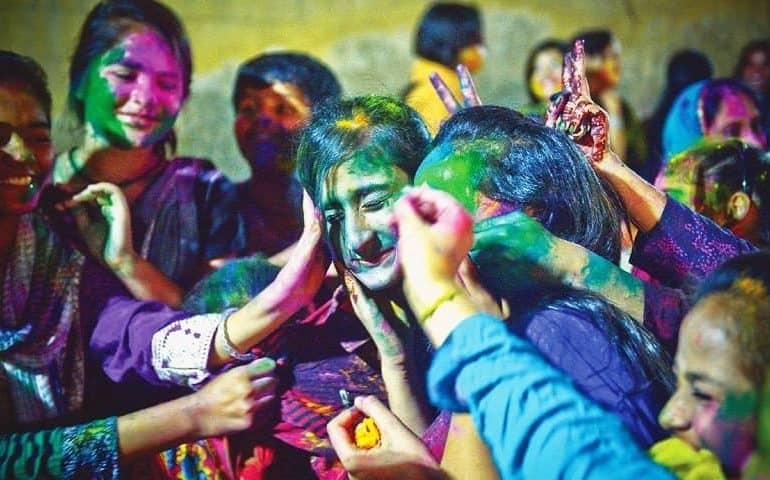A Delhi-based production company, Orions Digital in association with the Dilli University Students’ Union (DUSU) is organising a competition to decide the best fest of the year. The competition to be held on the 15th of April 2018, will take place at the Faculty of Arts of the University of Delhi.
The fest which would be declared as the winner would get sponsorships worth INR 72 lakh for the fest season of 2019. The first runners-up will get a guaranteed MoU (Memorandum of Understanding) with the two Punjabi singers Hardy Sandhu and Guru Randhawa, both of whom would be financed by Orions Digital, for their fest in 2019.
Amongst the judging criterion is the emphasis laid by the organisers on the lineup of performers invited for the star nights, the footfall, the decorations, publicity, hospitality, and media coverage by student run-media houses, besides the organisational framework of the fests.
While the organisers of the competition opened the registration of colleges on the 25th March, they have kept the deadline for the same on the 10th of April. Till the filing of this report, 37 colleges affiliated to the University of Delhi had registered. Amongst them are Mekka the Annual Fest of Hendu College and Crosswords the Annual Fest of Sri Ram Centre of Commerce, both considered to be two of the most prominent fests held in DU.
While it has been announced on DUSU’s official page that the event will be judged by a five-member panel, the names of only three judges have been revealed till now. While model Lisa Haydon and VJ Rannvijay Singh have confirmed their availability to judge the competition, the three other judges are expected to be from within the marketing team of Orions Digital and from the production team of the Times Networks group. The prize distribution ceremony is supposed to be a colossal program whose lineup is expected to include a performance by Shah Rukh Khan and A. R. Rahman.
While this development has been welcomed by the organisers of distinguished fests which receive a footfall of thousands of people, the same has been frowned upon by organisers of lesser-known fests. In the recently held All DU Fest Organisers Association (ADUFOA) meet, the organisers of three fests Sabraang, Reveal, and Kaalrav issued a press release wherein they derided the entire essence of the competition, calling it “a move towards commercialisation of a fun and spirited discourse in the culture of DU”. On a phone call conversation with the DU Beat correspondent, Kinjal Pandey, the President of ADUFOA remarked, “Fests are a vibrant part of what you call the age-old heritage of DU. We feel immensely disheartened at how this competition is seeking to place one fest against the other. Fests were started as an effort to induce a feeling of belonging and to encourage inter-college communication and we must save this spirit.”
Meanwhile, DUSU has remained silent on this matter. When DU Beat approached Orions Digital for a comment, its CEO Sandeep Samal asserted, “This competition will encourage fest organisers to represent their fests at a professional level. This will only invigorate their competency, not lessen it.”
Disclaimer: One of our most beloved features, Bazinga is our weekly column of almost believable fake news. It is only to be appreciated and not accepted!
Feature Image Credits: DU Beat
Vaibhavi Sharma Pathak

